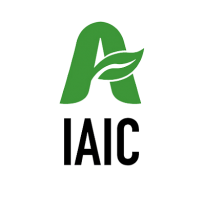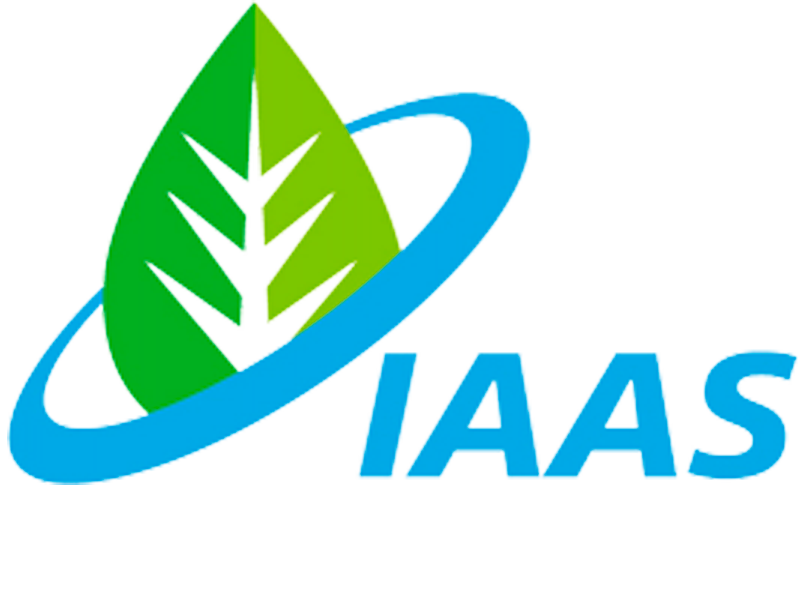
Link to: IAIC Proceeding
Proceeding of International Agriculture Innovation Conference
A publication of the International Association for Agricultural Sustainability (IAAS)

A publication of the International Association for Agricultural Sustainability (IAAS)
Sasireka Rajendran, Ganapathy Shunmugam, Kumar Mallikarjunan, Vaikuntavasan Paranidharan
2020 volume 1 ︱pages122(2020)
Aflatoxin contamination in agricultural produce is becoming a serious threat in developing countries like India. Aflatoxins are carcinogenic secondary metabolites produced by Aspergillus moulds. Chili pepper is one of the economically important spices cultivated in India. Fifty percent of the chili produced in India is being exported to Europe, USA and other countries. Reports suggest that 59% of the samples analyzed were contaminated with aflatoxin and 18% samples having aflatoxin more than the permissible limit. Fourier Transform Near Infrared Spectroscopy (FT-NIRS) – a sustainable detection and discrimination method was employed to identify and detect the aflatoxin contamination.
Market samples contaminated with red chili pepper were collected from various states in India. Spectra were recorded for the samples between the range 12000 cm-1 to 4000 cm-1, with integrated sphere reflection mode and 64 scans. Aflatoxin content was then measured using standard ELISA test procedures. Statistical analyses were made using The Unscrambler X. The raw spectra were preprocessed by applying second derivative + standard normal variate. The developed calibration curve had an R2 of 0.82. The developed model had better prediction percentage for aflatoxins in red chili pepper within the range of 6 to 15 ppb.
Further experiments to increase the accuracy and range of prediction of aflatoxin in chili pepper is being carried out. The developed could be fed into portable FT-NIRS systems and used in preliminary screening of aflatoxin to remove the highly contaminated samples from the lot. FT-NIRS could replace the widely used intense screening techniques, as it requires very little or no sample preparation.
Aflatoxin, Chili pepper, FT-NIR
Department of Food Process Engineering, Tamil Nadu Agricultural University, India
Sasireka Rajendran
Department of Food Process Engineering, Tamil Nadu Agricultural University, India
Ganapathy Shunmugam
Department of Food Science and Nutrition, University of Minnesota, USA
Kumar Mallikarjunan
Department of Plant Pathology, Tamil Nadu Agricultural University, India
Vaikuntavasan Paranidharan
 credit: unsplash.com How to bring life to dying soils
credit: unsplash.com How to bring life to dying soils 